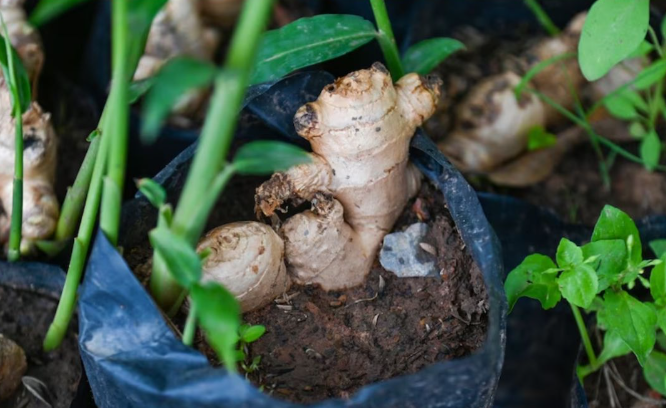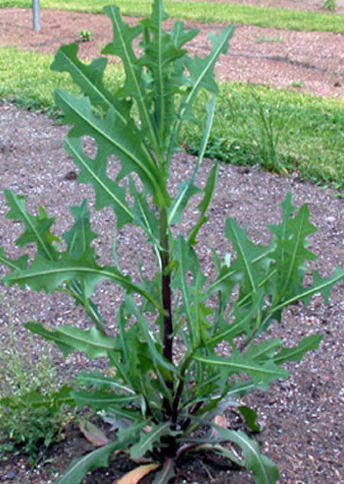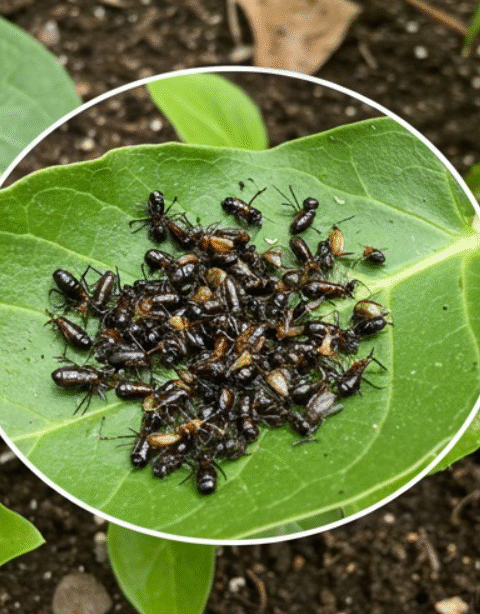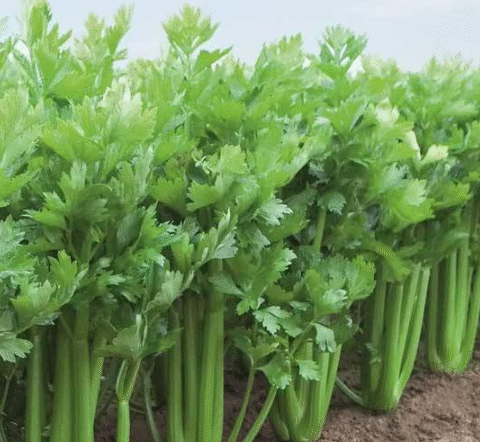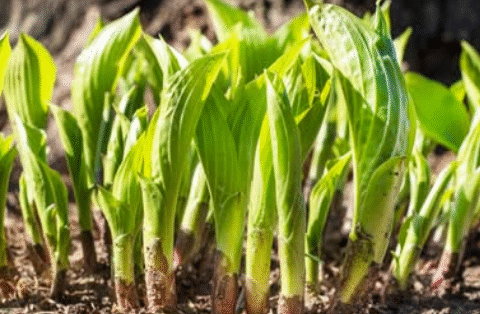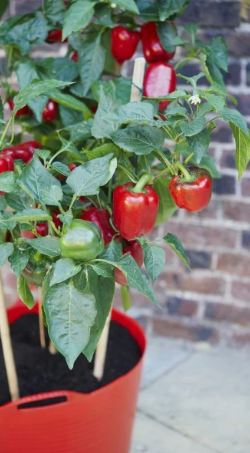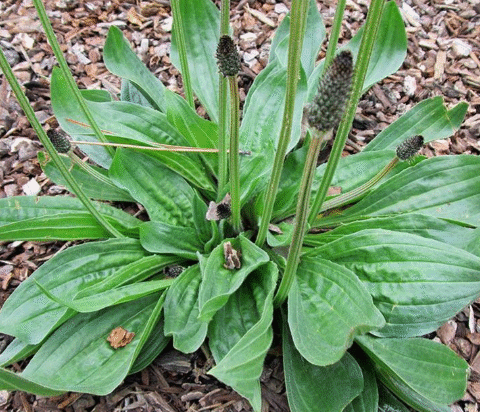How to Grow Ginger at Home: A Complete Step-by-Step Guide 🌿
Ginger is one of the most versatile and healing roots available. Known for its spicy flavor and medicinal properties, ginger can be easily grown at home—whether you live in a warm tropical region or a colder climate with snowy winters.
This comprehensive guide will walk you through every step needed to grow ginger in your garden, on your balcony, or indoors in containers. From selecting the right root to harvesting and storing, you’ll learn how to cultivate your own fresh ginger and enjoy its benefits year-round.
Why Grow Ginger at Home?
- Freshness: Harvest ginger on demand and enjoy peak flavor.
- Health Benefits: Contains antioxidants, anti-inflammatory compounds, and essential minerals.
- Cost-Effective: Save money by growing rather than buying.
- Sustainable: Grow only what you need and reduce food waste.
Understanding Ginger’s Growing Needs
- Temperature: 75–85°F (24–29°C) is ideal.
- Light: Prefers indirect sunlight or partial shade.
- Soil: Loose, nutrient-rich, and well-draining; pH 5.5–6.5.
- Water: Consistent moisture, but never soggy.
- Time: Takes 8–10 months to mature fully.
Choosing the Right Ginger Root
- Look for plump, firm rhizomes with visible “eyes” or buds.
- Avoid wrinkled or moldy roots.
- Opt for organic ginger if available to avoid growth inhibitors.
Pro Tip: Soak ginger in warm water overnight to jumpstart sprouting.
Planting Ginger Outdoors 🌞
Ideal for Tropical and Subtropical Climates
- Loosen soil to 12 inches deep and enrich with compost or manure.
- Plant rhizomes 2–4 inches deep with buds facing up.
- Space each piece 12 inches apart.
- Keep soil evenly moist and apply mulch to retain moisture.
- Fertilize with organic compost or balanced fertilizer every few weeks.
Growing Ginger in Cold Climates ❄️
Indoor and Container Gardening
- Use a wide, shallow pot with drainage holes.
- Fill with loose potting mix enriched with compost.
- Plant rhizomes 1–2 inches deep, buds facing up.
- Keep in a warm spot with indirect sunlight or under grow lights.
- Maintain consistent moisture without overwatering.
Winter Tip: Bring potted ginger indoors before the first frost and continue caring for it in a bright, warm space.
Caring for Ginger Plants
- Watering: Keep soil moist but well-drained.
- Fertilizing: Apply organic fertilizer every 4–6 weeks.
- Pest Control: Monitor for spider mites or aphids; treat with neem oil if needed.
- Pruning: Remove yellow or dying leaves to boost root growth.
Harvesting Ginger 🌾
When to Harvest:
- Young Ginger: Harvest after 4–6 months for mild flavor and tender skin.
- Mature Ginger: Wait 8–10 months for full-sized rhizomes.
How to Harvest:
- Gently dig around the plant base with your hands or a trowel.
- Cut off sections of rhizome and re-bury remaining root for continued growth.
Storing Fresh Ginger
- Refrigerate: Store unpeeled ginger in a bag for up to 3 weeks.
- Freeze: Wrap and freeze for long-term use.
- Dehydrate: Slice thin, dry completely, and grind into powder.
Common Challenges and Solutions
| Problem | Cause | Solution |
|---|---|---|
| Slow Sprouting | Cold soil or poor rhizomes | Ensure warm soil (above 70°F) and use healthy, sprouting roots |
| Yellowing Leaves | Overwatering or nutrient deficiency | Improve drainage and feed with balanced fertilizer |
| Root Rot | Waterlogged soil | Use well-draining mix and pots with holes |
Expert Tips for Ginger Success 🌿
- Start planting in early spring when temperatures warm up.
- Rotate containers occasionally to ensure even light exposure.
- Be patient—ginger is slow-growing but very rewarding.
10 Frequently Asked Questions About Growing Ginger
- Can I grow ginger from grocery store rhizomes?
Yes, but organic rhizomes sprout more reliably due to lack of growth inhibitors. - How long does ginger take to grow?
8–10 months for mature roots, 4–6 months for young ginger. - Can ginger grow indoors?
Yes! Use a warm, sunny window or grow lights. - Does ginger need full sun?
No—ginger prefers partial shade or filtered sunlight. - What kind of pot should I use?
Wide, shallow pots are best because ginger grows horizontally. - When is the best time to plant ginger?
In early spring after frost danger has passed. - Is fertilizing necessary?
Yes—use compost or organic fertilizer every 4–6 weeks. - Can I eat ginger leaves?
Yes—ginger leaves are edible and mildly flavored, often used in teas. - How do I store harvested ginger?
Refrigerate, freeze, or dehydrate depending on intended use. - Will ginger grow back each year?
If left in the ground in warm climates, yes. In colder areas, replant in spring.
Final Thoughts
Ginger is a rewarding, low-maintenance plant that brings flavor, nutrition, and even medicinal value to your home. Whether grown in a sunny garden bed or a windowsill container, it’s a plant that keeps on giving.
With just a few simple steps, anyone—regardless of climate—can grow fresh, organic ginger at home. Soak that root, plant it deep, and enjoy the spicy rewards of your own homegrown harvest. 🌱
